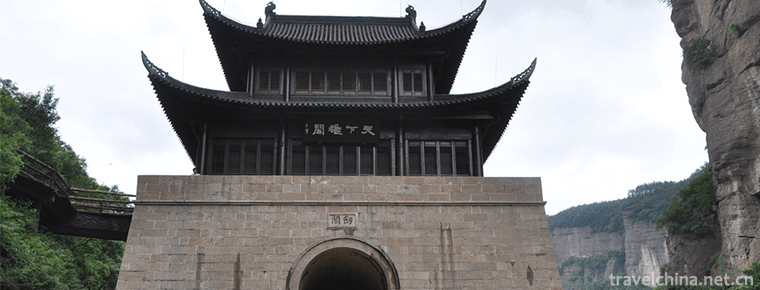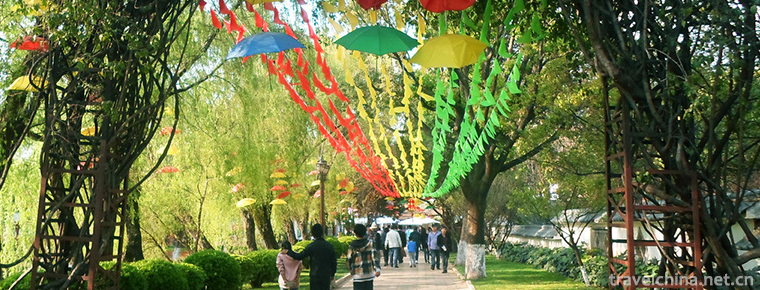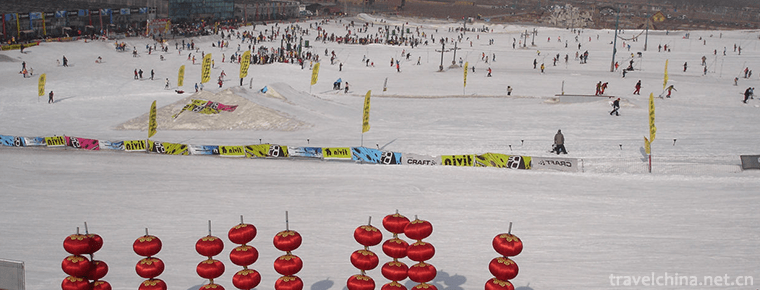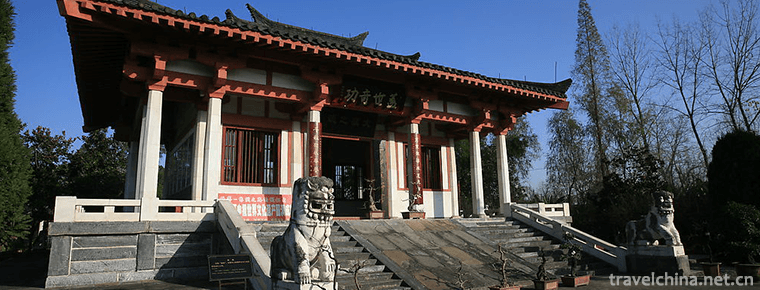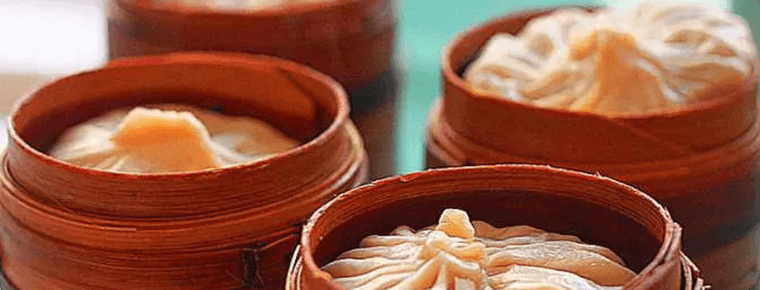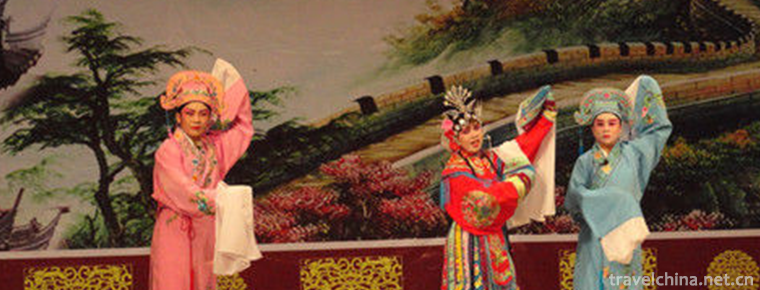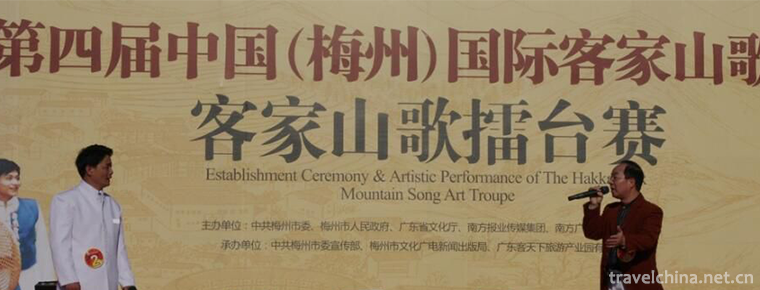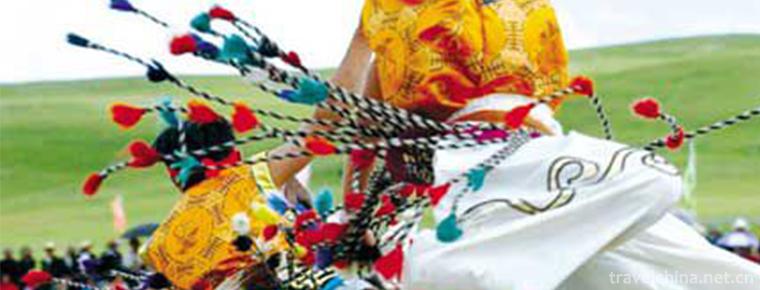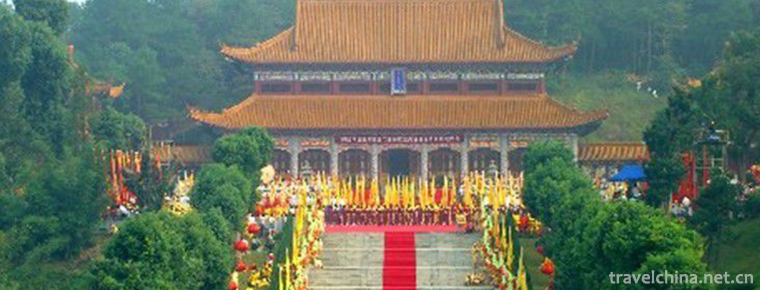Southwest Medical University
Southwest Medical University
Southwest Medical University is an ordinary university in Sichuan Province. It is located in Luzhou, a famous historical and cultural city and a civilized city in the region of Sichuan, Yunnan, Guizhou and Chongqing. The school was founded in 1951, formerly Southwest Sichuan Medical School, upgraded to Luzhou Medical College in 1959, upgraded to Luzhou Medical College in 1978 and renamed Luzhou Medical College in 2015, and was awarded bachelor's degree in 1982, became a master's degree awarding unit in 1993, and jointly started in 2001. To train doctoral students, we started to carry out diploma education for overseas undergraduates in 2004. In 2010, we were allowed to set up postdoctoral research workstation, which was renamed Southwest Medical University in 2015. The school is a qualified unit to recommend excellent undergraduate graduates to study for master's degree without examination. It is a demonstration school of running schools according to law in Sichuan Province, a civilized campus in Sichuan Province and an informationized Demonstration School of higher education in Sichuan Province. In 2014, the school was included in the construction plan of newly added doctoral degree awarding units in Sichuan Province, and in 2016, it was included in the construction plan of newly added doctoral degree awarding units.
The school has two campuses, Zhongshan and Chengbei, covering an area of 2011 mu. There are 20164 college-based students, graduate students, foreign students and other students, and 1147 full-time teachers, including 516 senior professional titles, 475 doctoral degree personnel, 35 doctoral supervisors and 792 master's supervisors. There are 70 high-level talents with lecture professors of "Yangtze River Scholars", first and second level candidates of national "Millions of Talents Project", "Excellent Talents Support Plan for the New Century", "Hundred Persons Plan", "Thousand Persons Plan", "Special Allowance Expert of the State Council Government" and "Sichuan Academic and Technological Leader".
The school mainly focuses on medicine, covering seven disciplines, such as science, engineering, management, education, literature and law. It has seven authorization points for first-level disciplines of master's degree, nine authorization points for master's professional degree and 30 general undergraduate majors, including three specialties with national characteristics, 14 first batch of enrollment majors and provincial application-oriented demonstration colleges. Five professions and five double degree majors. Currently, there are 6 key disciplines (cultivation) in Sichuan Province and 2 first-class construction disciplines in Sichuan Province. Clinical medicine is the top 1% of ESI disciplines in the world. The school undertook five national-level personnel training reform projects, such as "the first batch of reform of training mode for Postgraduates of clinical medicine master's degree" of the Ministry of Education. It is the first demonstration practice teaching base of the outstanding legal personnel education and training program in Sichuan Province. Since 2011, our university has won the first prize, the first prize six times, the second prize three times and the third prize four times in the national final. The first employment rate of graduates has remained above 90% for 10 consecutive years, and the passing rate of national qualification examination and judicial examination for licensed doctors is higher than the national average. In the past three sessions, 15 provincial teaching achievement awards were awarded, including 5 first-class awards.
The school has 25 provincial and ministerial key research platforms, 4 academician workstations, 1 provincial university science and technology park, 35 provincial and departmental research teams and 4 provincial key research platforms, such as the Key Laboratory of the Ministry of Education, the national post-doctoral research workstation, the national drug clinical trial institution (GCP), the Key Laboratory of the Sichuan Science and Technology Department, and the provincial academicial academician workstation. Sichuan 2011 "cardiovascular disease prevention and control collaborative innovation center" lead unit.
The school has continuously strengthened foreign exchanges and cooperation, and has established foreign cooperation and exchanges with 22 countries and regions such as the United States, Britain and Australia. International academic conferences such as "China Wine City International High-end Forum on Cardiovascular Research" and "High-end Seminar on Oncology Medicine" were held. It has trained nearly 500 postdoctoral, postgraduate and undergraduate students in India, Bangladesh and Pakistan, and participated in the "one belt and one road" construction through scientific research and personnel training.
There are 3 affiliated hospitals directly under the school. There are 35 key medical specialties or disciplines at the national and provincial levels. They are the national "chest pain center", "comprehensive stroke center", "heart failure center" and "Sichuan gynecological and breast disease treatment center". They are the training base for coronary heart disease intervention of the State Health Planning Commission and the country and region of China-Portuguese language family. As a provincial medical center in the four provinces (cities) of Southwest China, the International Cooperation Base of Traditional Chinese Medicine (TCM) escorts the health of nearly 40 million people in the Sichuan-Chongqing-Yunnan-Guizhou junction.
(Note: The statistical deadline for the above data is March 2019)

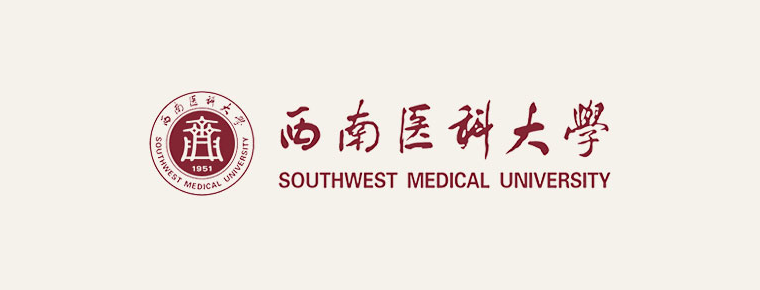
-
Jianmenguan Scenic Area
Jianmenguan Scenic Area is one of the national AAAAA class tourist attractions, National Scenic spots, national key cultural relics protection units, National Forest park, national natural and cultura.
Views: 201 Time 2018-12-12 -
Shanghai Wildlife Park
Shanghai Wildlife Park, located at 178 Nanliu Highway, Pudong New Area, Shanghai, is the first National Wildlife Park in China built by the Shanghai Municipal People's Government and the State Forestr.
Views: 123 Time 2018-12-19 -
Grand View Park
Daguan Park is located in the Dianchi Lake, about 2 kilometers west of Kunming City. It was built in the first year of Hongwu in the Ming Dynasty (1368 A.D.). In the thirty-fifth year of Emperor Kangx.
Views: 189 Time 2019-01-06 -
Lianhuashan Ski Resort
Located in Zhangzhen, Shunyi District, Beijing, Lianhuashan Skiing Ground covers an area of more than 1 million square meters and was opened on December 19, 2003..
Views: 203 Time 2019-01-29 -
Tomb of Zhang Qian
Zhang Qian's tomb was the tomb of Zhang Qian, an outstanding diplomat, explorer and pioneer of the Silk Road in the Western Han Dynasty. In the third year of Emperor Yuanding of Han Dynasty (114 years.
Views: 242 Time 2019-03-16 -
tea and pastries making skills
Tea making skills, Yangzhou City, Jiangsu Province, local traditional handicraft, one of the national intangible cultural heritage..
Views: 155 Time 2019-04-15 -
Taoist Drama
Taoist sentiment is a category of traditional Chinese folk art. It originated from Taoist songs such as Chengtian and Jiuzhen in Tang Dynasty. The Southern Song Dynasty began to accompany with fishing.
Views: 269 Time 2019-04-25 -
Roast duck skills
Quanjude hanging oven roast duck is a local traditional handicraft in Beijing. Quanjude Roast Duck Restaurant, a well-known old Chinese brand in Beijing, was founded in 1864 by Yang Quanren..
Views: 192 Time 2019-05-08 -
Hakka Folk Songs in Meizhou
Meizhou Hakka folk song is a Hakka folk song sung in Meizhou City, Guangdong Province (Meijiang District, Meixian District, Xingning City, Wuhua County, Fengshun County, Dapu County, Pingyuan County, .
Views: 117 Time 2019-06-03 -
Reba Dance
Reba dance is a form of dance performed by Tibetan "Reba" artists. Reba is a group of street artists who make a living selling arts (usually composed of family as the basic unit) performing,.
Views: 175 Time 2019-06-11 -
Yandi Festival
"Yandi Mausoleum Festival" is divided into official and folk sacrifices. Folk sacrifice began in summer, official sacrifice originated in Zhou, and Emperor sacrifice originated in Tang Dynas.
Views: 165 Time 2019-07-10 -
Ancient plank road of Mingyue Gorge
Mingyuexia ancient plank road is located at the mouth of Jialing River Valley, Chaotian District, Guangyuan City. It is the starting point of national Jianmen Shu Road scenic tourism line, and is a provincial key cultural relics protection unit..
Views: 393 Time 2020-11-08
